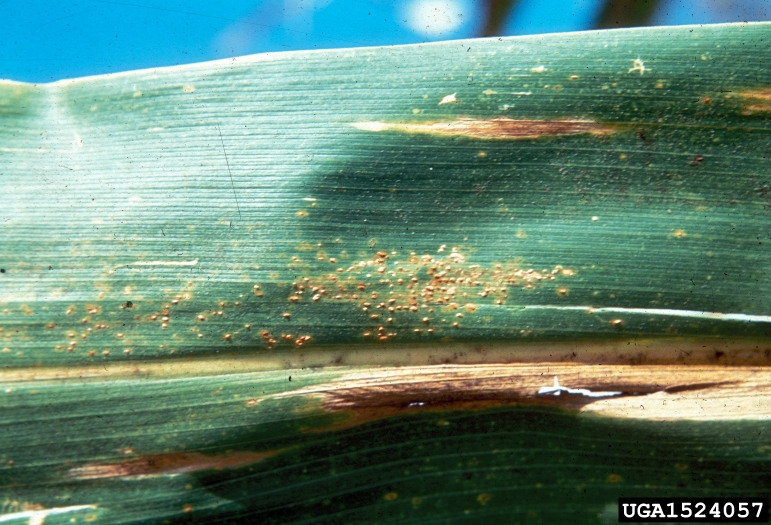The big question today is—where are the kudzu bugs we expected to see in our soybean crop? As of this week, we have not seen any adults or nymphs in the early planted full season crop. In fact, the same situation is being reported for much of the eastern US. Dominic Reisig at NCSU says that even in NC, the only reported infestations are from southernmost counties.
Last summer by this time we were seeing many full season early planted files with infestations of adults that have moved from adjacent overwintering sites. The only bugs we have found so far have been in kudzu patches. So, what’s the difference in years and why the delayed movement of adults? All we can say is that it must be related to the colder than normal temperatures we experienced during the winter. We know that in the Suffolk area there were at least two nights when temperatures dropped below zero (æF), and of course it was even colder north and west of us. Could those cold temperatures have killed some of the overwintering adults reducing the overall population levels?
We do know from our adult overwintering emergence traps that were placed throughout much of the state that adults survived and emerged this April and May in about 12 counties in the southern part of the state. Why they did not move into early planted soybean fields is another unanswered question.
From what I can gather from reading and talking with other entomologists in the southeast, 2014 is shaping up to be similar to 2011 when the first generation of kudzu bugs developed in kudzu (mostly) and other alternate hosts and only the second generation moved into soybean fields. This certainly seems to be what is happening this year. In some ways this scenario, if it plays out, will simplify the field scouting and threshold determination. The ‘original’ kudzu bug threshold developed in the southeast was based on this second generation that moved into reproductive stage (flowering—early pod) soybean fields—and it is based on number of nymphs (see below). We have initiated our 2014 soybean insect pest survey so will be reporting updates as they come in so stay tuned.
Treatment Thresholds for 2nd Generation Kudzu Bugs, Nymphs Present
Sweep Net
” An average of 1 nymph/sweep, 15/15 sweeps
” Take at least ten 15-sweep samples to represent the entire field
” Sampling should not be biased by sampling close to field edges where populations may by congregated
Canopy Observation
” At least 10 observation spots representing the entire field
” Nymphs easily found on main stems, leaf petioles or leaves

